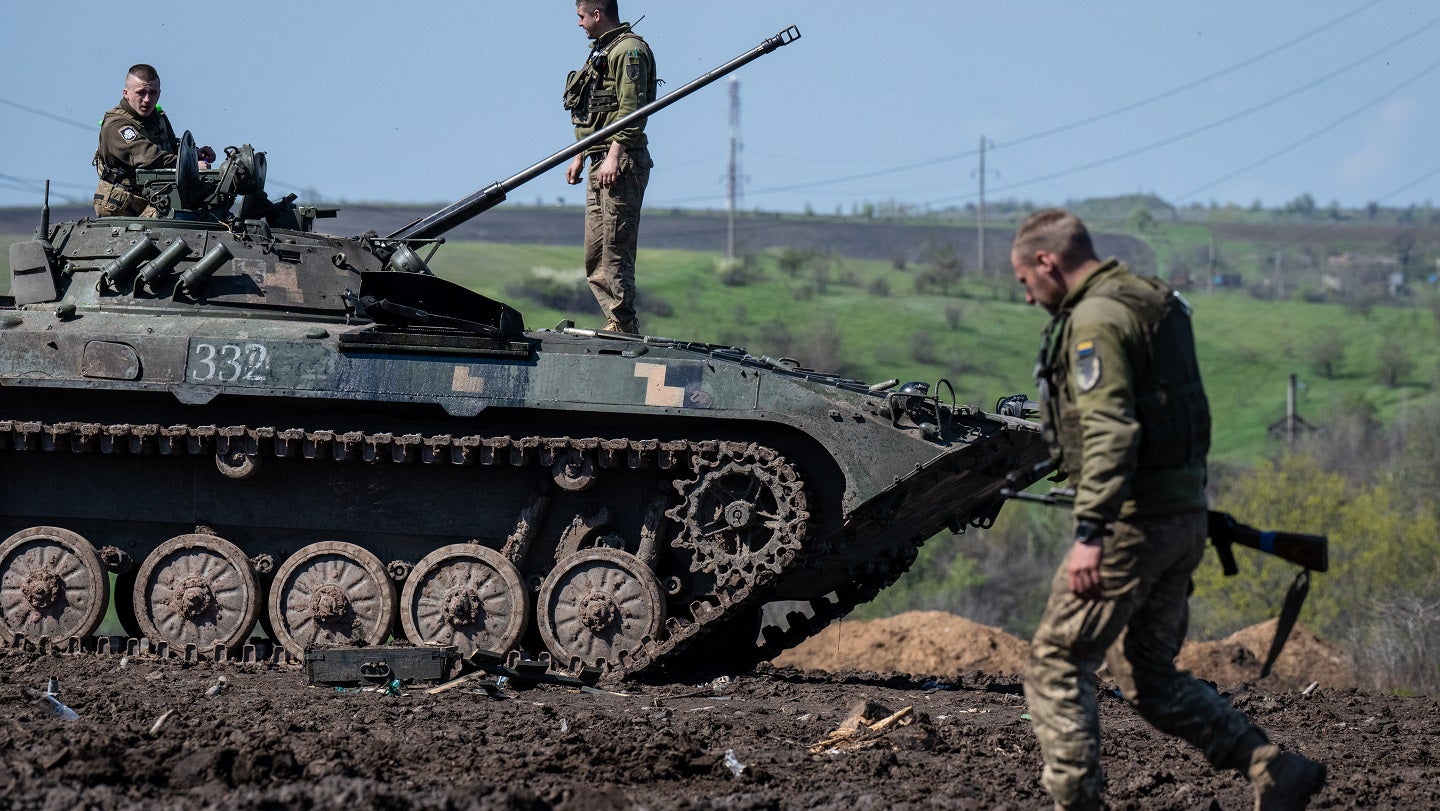
Ukraine’s counter-offensive against Russia, now ten days old, is making slow progress along the eastern and southern fronts as it combats a Russian defensive network that includes extensive minefields and pre-planned security zones used to direct and channel offensive manoeuvres.
Months in the making, Ukraine’s offensive has seen the provision of hundreds of main battle tanks (MBTs), infantry fighting vehicles (IFVs), artillery and other military equipment by Nato forces, who are supporting Kiev’s operations against Russia.
For Russia, while it has been unable to halt or effectively slow down the promise and delivery of Nato military support to Ukraine, it has seen the counterattack coming, enabling it to create effective trench networks, minefields, and kill zones along the frontline in eastern and southern Ukraine.
The fighting has been described by western officials as being the beginning of a “major new operational phase” with fighting ongoing at locations along the 1,200km frontline between Ukraine and Russia, which has become entrenched since Moscow’s large-scale invasion in February last year.
Ukraine has liberated four villages previously under Russian control around the Vuhledar area, advancing some 7km into occupied territory.
However, large gains have been unable to be achieved due to Russia’s creation of supportive defensive systems, with the likelihood of significant casualties being sustained by Ukrainian forces.
Social media posts purporting to show destroyed Ukrainian vehicles have been circulating in recent days, with images showing what appear to be incapacitated Leopard 1 MBTs and Bradley IFVs, platforms that had been earlier gifted to Ukraine.
However, large amounts of western supplied armour, such as the Challenger 2 MBTs provided by the UK, appears to not have been committed to the fighting and likely being used as a supportive force to exploit any breakthrough.
Achieving any breakthrough when conducting operations against well-prepared defensive lines is difficult and presents the highest likelihood of military casualties. Instances have been recorded of Ukrainian armoured columns becoming stuck in minefields, only to be targetted by Russian artillery positioned tens of kilometres away and which will have already zeroed in on such potential kill boxes.
Russian President Vladimir Putin has claimed that Ukrainian forces were taking significant casualties, including some 160 tanks.
Western officials have stated that reports of battalions of Ukrainian armoured losses are not accurate, but that battlefield casualties in terms of personnel and equipment are being sustained by Ukraine.
Meanwhile, Ukraine’s Ministry of Defence reported that between 13-14 June approximately 680 Russian military personnel had been killed in action. Russian equipment losses in the 24-hour period were reported to include eight MBTs, 11 armoured vehicles, 17 artillery systems, two multiple launch rocket systems, and one anti-aircraft system, among other items.
It is likely that Ukraine’s counter-offensive, of which the specific strategic military objective are not known, will persist for weeks as it attempts to create pathways through pre-prepared minefields and Russian forces conducting tactical withdrawals where necessary along the line. It is only after such routes are created that Ukraine could push through reserves to exploit a breakout along the main Russian frontline.
Russian nuclear weapons to arrive in Belarus?
Elsewhere, President Alexsandr Lukashenko of Belarus has stated that Russian tactical nuclear weapons were in the process of arriving in country. A long-time Russian ally, Lukashenko stated Russian nuclear weapons that will be stationed in Belarus have a yield three times more powerful than the US nuclear bombs that were used on Japanese cities of Nagasaki and Hiroshima, in the final days of World War II.
According to the official news site of the Government of Belarus, President Lukashenko on 13 June had “insisted” that Russia’s nuclear weapons be stationed in Belarus.
“We have always been the target. They have wanted to tear us to pieces since 2020. No one has ever attacked a nuclear state, a country that possesses nuclear weapons,” Lukashenko is reported to have said.
Continuing, Lukashenko stated that the Russian tactical nuclear weapons would be stationed “across the country”, intimating that a strike could be conducted should the Russia-Ukraine war expand.
“Look, if a war breaks out, I am not going to waste time. I will pick up the phone and call [Russian President Vladimir Putin] wherever he is. He can call me and I will answer any moment. It’s not a problem to coordinate a strike. There is nothing here to talk about. We have already reached the corresponding agreements,” Lukashenko was reported to have said.







